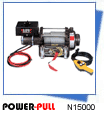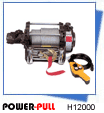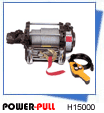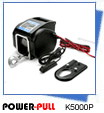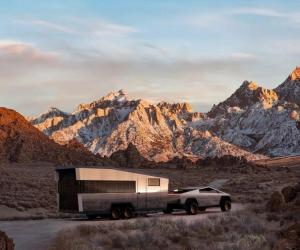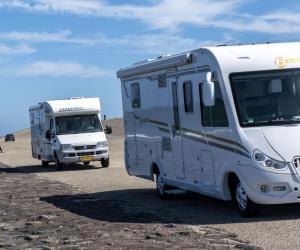特殊环境驾驶技巧之泥沼驾驶
Mud has a strong attraction to Land Rovers and vice-versa. If you just enjoy tthe occasional green lane or if you're seeking for that bottomless pit here are some basics to enjoy it.
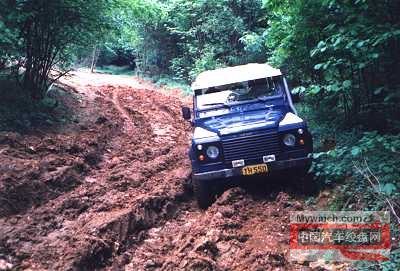
1. Preparations
To make mud removal easier give the body a wax job (yes, I know, most Land Rovers never see wax and they may get frightened...). Apply RainEx onto the glass all around and also to the lights. Spray WD-40 onto the spark plug boots and distributor head.
2. Lubrication
Check the front swivel bearing gaskets and differentials for signs of oil leaks. Where oil leaks out mud gets in. On coilers it pays to check the front bearings from time to time for water and mud ingress as they are NOT lubed by the oil in the knuckles. Remount the cover using a new paper gasket and Hylomar or a similar non-hardening sealant.
3. Pre-flight check.
In mudholes you often don't have the choice of slowing down once you started. So check the suspension. A good mud runner has long wheel travel and most Rovers do. Check for broken rear shocks especially on 90's but also on 110's without rear sway bar. The shocks are shorter than the full coil spring drop so prepare for desaster. Check the flexible brake lines too. If the axle drops down vigorously and the shock is broken (or you have longer shocks) the limiting factor on coil sprung vehicles is the rubber on the trailing arms. With enough determination it flexes to the point a flexible line can be torn off. This is even worse when you mount longer springs.
4. High performance
Any pound of unsprung weight (everything under the springs) counts performance wise for 10. So if you can reduce the weight of your tires and wheels by 50 pounds your car will handle like 500 pounds lighter. It also reduces wear on all components by the same factor. So running alloys and light tires makes fully sense. Note that an 8x15" steel wheel with an 33/12.50x15 tyre weights around 70 pounds. I checked it myself. So if you go with an alloy wheel and an smaller 285/75x16 tyre you can gain 15 pounds per wheel - easily.
5. Lockers
Well, all coil sprung Land Rovers have a locker, right? Yes and no. The locker only locks the transfer case so transmitting power equally to the front and the rear. That's the same as switching from 4x2 to 4x4 on older Series vehicles. Lockers in the axles are a totally different affair. They exist as either automatic or manual units. Automatics come on on themselves - for the good or bad. This is good in the mud but it's outright dangerous on icy roads. it would be too long to explain the story here but you will find all the locker facts somewhere else on this site. Manual lockers are way more expensive and take a bit longer to mount. But they are way better.
6. Tyre speed and momentum
During normal greenlaning you never should have tire spin. A spinning tire trows up the lane, right? Well in a bog you just need that. If you have a gentle tyre it will not clean itself so it can grip to more mud, throw it out and so on. Almost all tires rely in mud on self cleaning. You get self cleaning if you spin the tyre much faster than your ground speed is. Experienced off roaders will exactly feel when they have to apply the trottle to keep going. The larger and more agressive the tyre the more power is needed to spin them around. Maintaining momentum makes the difference between coming through and being dragged out. So try to keep momentum by staying on the trottle.
7. Know where to play
Mudding is rarely appreciated as it will tear up the paths. So look for a place where logging operations were made. A lane where heavy timberjacks worked on can't be damaged any more by any 4x4. Avoid lanes with heavy walking trafic. Depending on ground it may take several years for a damaged lane to heal itself.
8. Recovery is dangerous
The stress on all components involved in a recovery situation is tremendous. Winch cables break, tow straps snatch back and recovery points are torn right out of their mounts. Any of those can be lethal. A steel winch cable breaking under 5tons of load is easily capable of snapping through a tree the size of an man's leg. I've seen this once myself and don't want to see it ever again. Considering the resistance of a human body is about that of an 1 inch (2,5 cm) thick wooden board I leave it to your phantasy what happens in the worst-case scenario.
9. Don't drink and drive
This should be clear but I've seen countless times people sipping beer or wine for lunch and then heading for the slippery stuff. This raises your chance of breaking something - or someone. Even when greenlaning the rules of the road apply. Though I haven't seen many policemen yet near a mud bog it will make a big difference when (not IF) an accident happens. Driving trails requires much more attention than rolling down a wide stretch of tarmac.
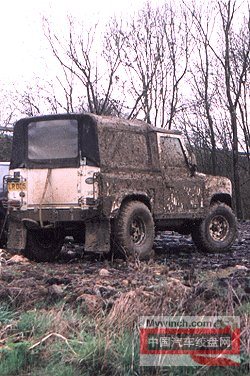
10. Clean it up
Your Land Rover will need cleaning as much or even more than you. Any horse rider will teach you that the horse comes first. So do the same with your car. Head for the next self-service car wash and clean any mechanical parts first. The body isn't important, just wash off the lights, windows and registration. But wash the underside for at least 3 times as long as the body. That way you have a small chance of getting it marginally clean. If you must climb under your 90 or 110 to do repairs a full clean up will take not less than 2 hours. And even than you will get dirt in your eyes when working under it. If you use a high-pressure cleaner try not to aim directly at the seals. The dirt will get pushed between the seal and the sealing surface and act as an abrasive. Oh yes, warm water speeds the whole process up so get a hot water outlet in your garage.
The importance of an immediate cleaning can't be overstressed. Sometimes some kinds of mud get hard as rock as they dry and will not soften up again. At least not from a simple washing.





